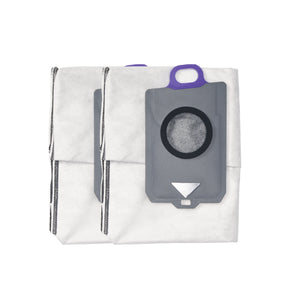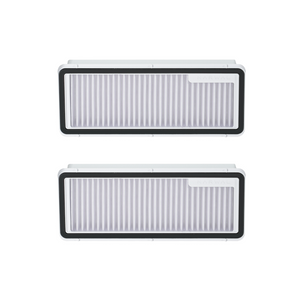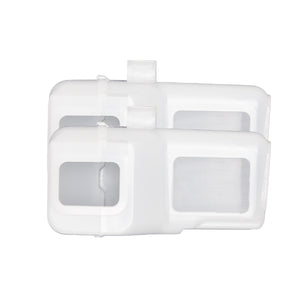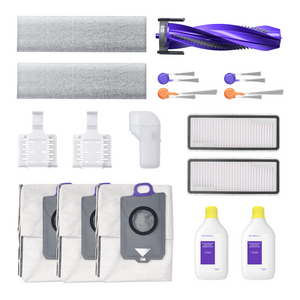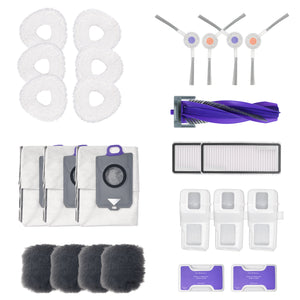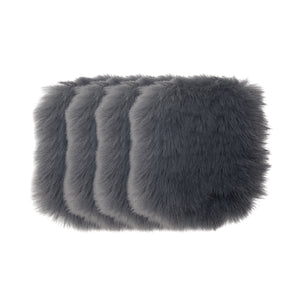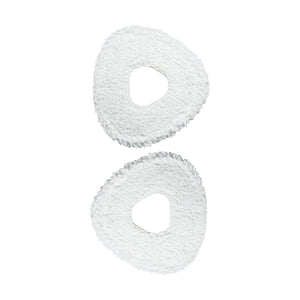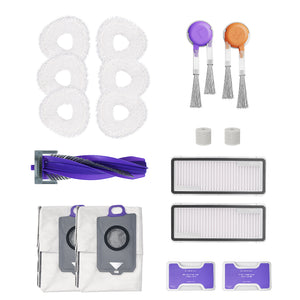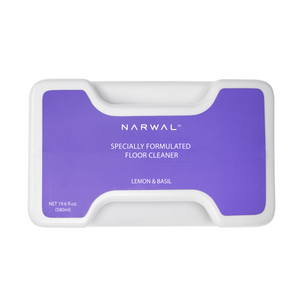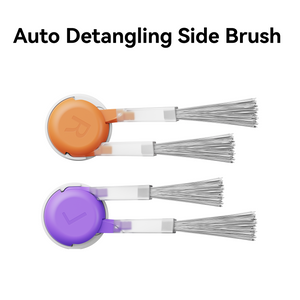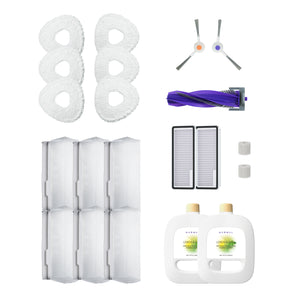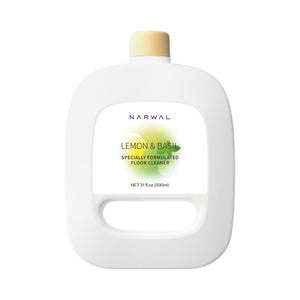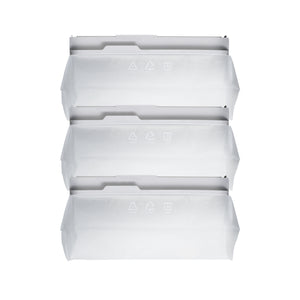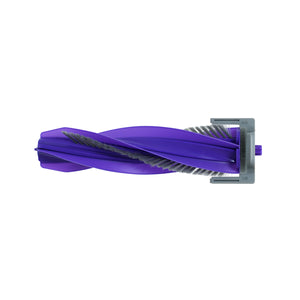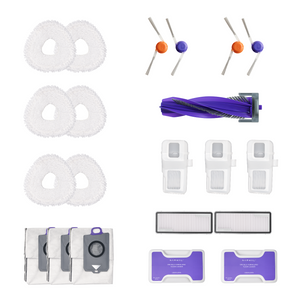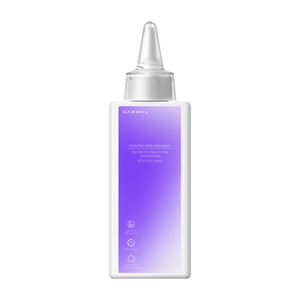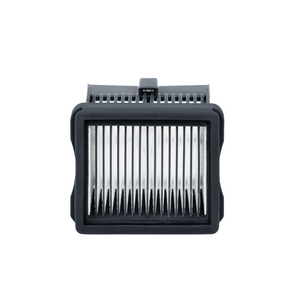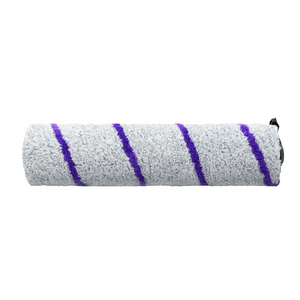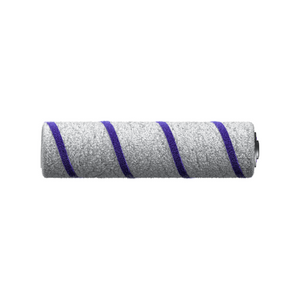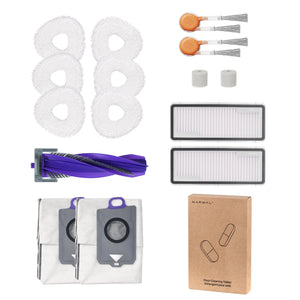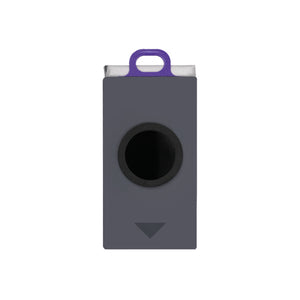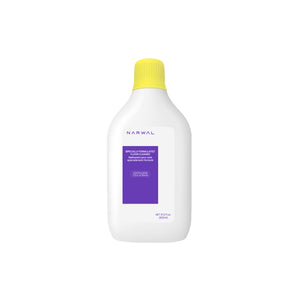Are you deciding on a robot vacuum or a normal vacuum? With many options available, it might be difficult to decide. In this post, we'll look at the distinctions between robot vacuums and traditional vacuums. We'll look at performance, convenience, technology, cost, and value. By the end, you'll know which type of vacuum suits your needs best. Let's dive in!
Which Vacuum Is Better for Your Home?
If you want a vacuum that works while you're away, fits under furniture, and handles daily dust and crumbs, a robot vacuum is a great choice. It's ideal for light cleaning in open areas and helps keep your floors tidy with almost no effort.
If you have thick carpets, pets, stairs, or need deep cleaning, a regular vacuum is still the more powerful option. It gives you control, works faster for heavy messes, and is better for detailed cleaning jobs.
In Canadian homes with a mix of flooring, winter slush, or lots of foot traffic, many people use both: a robot vacuum for everyday mess, and a regular vacuum for deep cleaning once a week.
What’s the Difference Between Robot Vacuum and Regular Vacuum?

Robot vacuums and regular vacuums differ in performance, efficiency, convenience, ease of use, technology, innovation, cost, and value.
Performance and Efficiency
Regular vacuums typically have more powerful motors, making them better for deep-cleaning carpets and handling heavily soiled areas. They work well on various flooring types, including carpets, hardwood, and tile. Robot vacuums, while less powerful, are designed for daily maintenance and are best suited for hard floors and low-pile carpets.
Robot vacuums use advanced sensors and mapping technologies to navigate and clean under furniture and around obstacles, ensuring comprehensive coverage. Regular vacuums, controlled manually, offer precise and targeted cleaning but are limited by the user's reach and the length of the power cord or battery life.
Robot vacuums offer various cleaning modes, such as spot cleaning, edge cleaning, and scheduled cleaning. Some models even have mopping functions. Traditional vacuums come with multiple attachments and adjustable settings for different cleaning tasks, providing flexibility for various surfaces and areas.
In many Canadian homes, floors often transition between tile, hardwood, and rugs. A vacuum’s ability to handle multiple surfaces is especially important in these settings.
Convenience and Ease of Use
Robot vacuums can be configured to clean on a set schedule, even when you're not home. This automation saves time and ensures regular maintenance. Manual vacuums require direct handling, which allows for immediate and targeted cleaning but takes more time and physical effort.
Robot vacuums require periodic maintenance, such as trash emptying and brush cleaning. Regular vacuums need less frequent maintenance but can involve more labor-intensive tasks like bag changes and filter cleaning.
Robot vacuums are small and easy to store, generally docking in out-of-the-way charging locations. Regular vacuums, especially upright models, can be bulkier and require more storage space but offer greater portability for thorough cleaning.
During Canadian winters, robot vacuums can help manage dirt and salt brought in from outside, keeping floors clean between deeper manual cleanings.
Technology and Innovation
Robot vacuums integrate with smart home systems for voice and app control, allowing remote scheduling and monitoring. Regular vacuums may feature HEPA filters, adjustable suction, and LED lights but generally lack smart connectivity.
Robot vacuums use technologies like LiDAR and sensors to map and clean efficiently, avoiding obstacles. Regular vacuums rely on manual navigation, which can be more effective for targeted cleaning but lacks the systematic approach of robot vacuums.
Robot vacuums operate on rechargeable batteries, with most models offering 60-120 minutes of runtime per charge. They head back to their docking stations to recharge. Regular vacuums can be corded or cordless, providing continuous power or convenient portability, respectively, with generally higher cleaning power.
Cost and Value
Robot vacuums range from $200 to over $1,000, depending on features and capabilities. Regular vacuums are typically priced between $100 and $500, with higher-end models offering more advanced functions and superior build quality.
Robot vacuums provide convenience and time savings, but they might require more frequent maintenance and component replacement. Regular vacuums are generally more durable and cost-effective over time, with powerful cleaning capabilities and lower maintenance needs.
For Canadian families balancing daily upkeep and seasonal mess, a robot vacuum may reduce how often a traditional vacuum is needed—especially in open floor layouts.
Are There Any Robot Vacuums That Perform Like a Regular Vacuum?

Some modern robot vacuums now offer features that approach the power and versatility of traditional upright vacuums. For example, models like the Narwal Freo X10 Pro and Narwal Freo Z10 Ultra combine high suction (up to 18,000Pa), smart obstacle avoidance, and corner-reaching mops—features once limited to manual vacuums.
These robot vacuums include technologies such as:
-
Tangle-free dual brush systems, helpful for pet hair and long hair
-
Edge-cleaning mop arms that extend to reach baseboards and corners
-
Automatic carpet detection and mop lifting to prevent cross-contamination
-
Self-emptying docks with mop washing and hot air drying
-
Smart mapping and voice assistant integration for scheduled, room-specific cleaning
While robot vacuums still may not match regular vacuums for stairs or deep pile carpet, these newer models can handle most daily cleaning tasks in a typical home—reducing the need for frequent manual vacuuming.
[cta:narwal-freo-x10-pro-robot-vacuum-mop]
[cta:narwal-freo-z10-ultra-robot-vacuum-mop]
Can a Robot Vacuum Replace a Traditional Vacuum?
In many homes, especially those with hard floors or low-pile carpets, a robot vacuum can handle the majority of daily cleaning tasks. However, for deep cleaning, thick rugs, or stairs, a traditional vacuum may still be needed.
Recent robot vacuums have closed the performance gap significantly. Some models now include features like over 10,000Pa suction, corner-reaching mop extensions, and anti-tangle brush systems. For example, designs like the Narwal Freo X10 Pro or Z10 Ultra represent this new class of robot vacuums, offering tools like mop-lifting on carpet, real-time floor detection, and self-cleaning docks.
These advancements make robot vacuums more suited to handle pet hair, everyday debris, and regular upkeep—reducing the need for manual vacuuming in many situations. That said, regular vacuums still offer better performance for spot cleaning, upholstery, or handling irregular spaces.
In Canadian households, where winter debris and multi-surface flooring are common, many users find that combining a robot vacuum for daily maintenance with a regular vacuum for occasional deep cleaning offers the best balance.

Conclusion
Choosing between a robot vacuum and a traditional upright vacuum depends on your needs and lifestyle. Robot vacuums offer automation and smart features, making daily cleaning effortless, while regular vacuums provide powerful, hands-on cleaning. If you value convenience and advanced technology, consider investing in a robot vacuum like the Narwal Freo Z10 Ultra. Ready to upgrade your cleaning routine? Explore the options and select the ideal vacuum for your home today!
Whether you live in a condo in Toronto or a house in Alberta, choosing the right vacuum depends on your space, flooring, and how much time you want to spend cleaning.
FAQs
What is the disadvantage of a robot vacuum?
Robot vacuums may not have the same suction power as regular vacuums, making them less effective on thick carpets or heavily soiled areas. They also need regular maintenance, such as emptying dustbins and cleaning brushes, and may struggle with barriers and complicated interior layouts.
Is it worth buying a robot vacuum cleaner?
Yes, if you value convenience and automation. Robot vacuums can save time and effort by cleaning your floors on a schedule, even when you're not home. They are especially useful for daily maintenance and keeping your home consistently clean.
Can a robot replace a normal vacuum?
A robot vacuum can supplement a traditional vacuum but may not totally replace it. While robot vacuums are great for regular maintenance and hard-to-reach areas, a traditional vacuum might still be needed for deep cleaning carpets, upholstery, and other heavy-duty tasks.
Is a robot vacuum good for pet hair?
Yes, many robot vacuums are effective for picking up pet hair—especially on hard floors or low-pile carpets. Models with strong suction, tangle-free brushes, and larger dustbins work best for homes with shedding pets.
Do robot vacuums work on stairs?
No, robot vacuums cannot clean stairs. They are designed for flat surfaces and use sensors to avoid falling. For stairs, a handheld or traditional vacuum is still needed.
Which vacuum type is safer for delicate floors?
Robot vacuums are generally safer for surfaces like hardwood or laminate, as they apply less pressure and often use soft wheels. Traditional vacuums may scratch floors if used with the wrong attachment or without care.
Which vacuum reaches under furniture better?
Robot vacuums are typically lower in height and can clean under beds, sofas, and cabinets. Regular vacuums may offer stronger suction but often can’t reach these tight spaces without special attachments.





















